Japan’s Pension Explained (Part 2)

Welcome to Part 2 of our explanation of the Japanese pension system! Previously, I introduced you to the basics. This week, I’ll explain a little more about the paths you can take with it depending on your length of stay in Japan and your financial situation. You can pay into it and collect upon retirement. You can also apply for a partial or full exemption. You can also meet halfway and pay into the system short-term, then collect a lump-sum payout when leaving Japan.
Pay In Now, Cash In Later
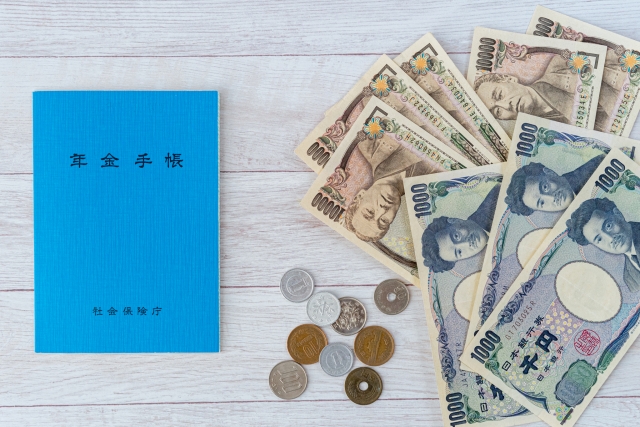
As I spoke about last time, paying into the pension system is highly advantageous if you plan on staying in Japan long-term. Not only is it legally required (unless you are able to get an exemption, see below) it’s also by far the easiest approach. It’s the one basically all residents of Japan are doing anyway, so everything is in place for it to be a fairly smooth process.
The downside is that you can only collect after age 65, or 60 at the earliest (though it’s preferable to wait, as there is a reduction in the amount you collet prior to 65.) Additionally, it’s important to know exactly which kind of pension you pay into, as the payout amounts differ between the employee pension plan, or kosei nenkin (厚生年金) and the national pension, or kokumin nenkin (国民年金). Either way, if you get that little blue or orange book in the mail, be sure to hang onto it, as well as any other pension-related numbers.
For more information about collecting pension, here’s a simple guide on GaijinPot.
Getting a Pension Exemption
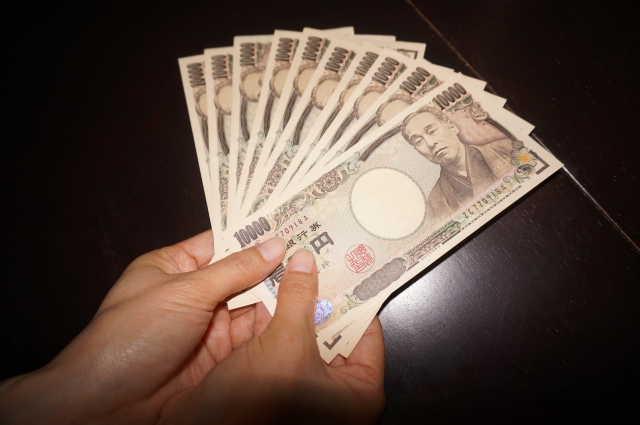
If you have difficulties in making payments, you can apply for an exemption program called hokenryo menjo seido (国民年金保険料の免除制度). In addition to full exemption and the partial exemption, the program is also available for those who are younger than 30 years of age and want to delay the payment without penalty jakunensha nofu yuyo seido (若年者納付猶予制度).
Application forms are available at local pension offices and the national pension section at local municipal offices, but make sure you have what you need before going. This will be your koyou hoken hikokensha bango (雇用保険被保険者番号) or employment insurance record number. Once you have that, head to your city hall and apply for the exemption. It will take some time and paperwork, but within 2 months you should get a letter in the mail.
While this method is legal, its success rate will depend on your situation. If for whatever reason your pension exemption application is not accepted, alternatively you will most likely be put onto a reduced payment plan, in which the monthly fee you pay is significantly less than what it would be had you not applied for an exemption. Once you get your result, be sure to confirm if it is a full or partial exemption. For more information, please see the government’s (English-language) guide.
Obtaining the Lump-Sum Payout
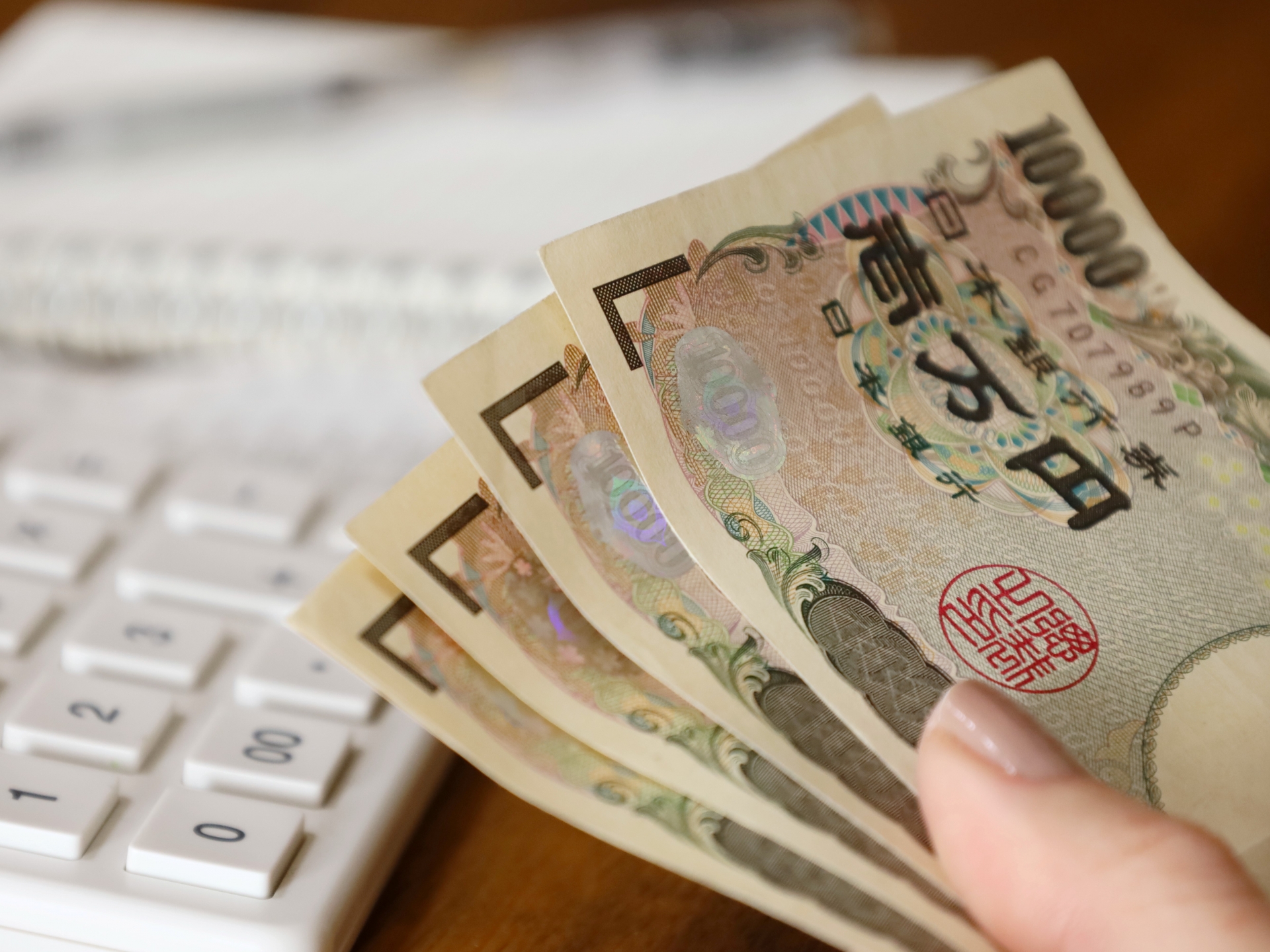
If you have been paying into the pension system but are planning on leaving Japan before retirement age, it is possible to withdraw the last three years’ worth of your contributions to the pension as a lump sum and have it paid into a foreign bank account. This method is especially recommended for those planning to work as ALTs for at least 3 years before returning home.
To claim the lump sum payout, you will again need to fill out all the necessary paperwork. This process can be started in Japan or done overseas, but make sure to do it within 2 years of leaving Japan. For more information, please see the Pension Service’s guide.
Conclusion
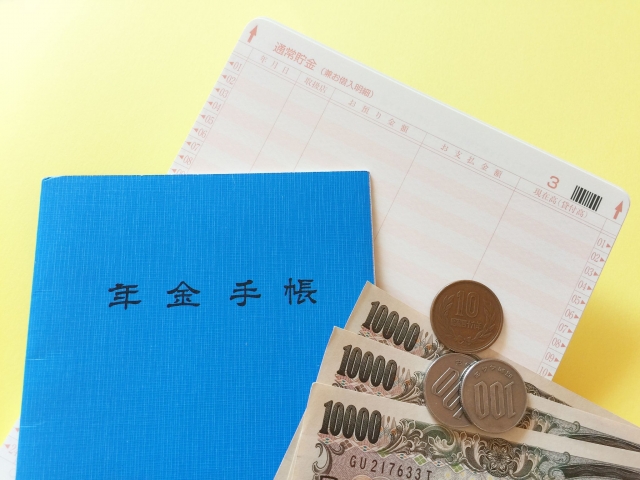
Although the Japan Pension System can seem like a burden to many of us living in Japan, there are different approaches we can take to managing it. If you’re looking at living in Japan long-term (and especially applying for permanent residency or citizenship) it’s worth biting the bullet now and paying in. You will be able to collect later, and in addition to other personal savings or sources of income, it can be a great way to make your twilight years a little more comfortable. I wouldn’t recommend relying solely on it, but as a supplement to other money, it’s effective.
For short-term stayers, we do have the right to opt out of it, or collect on 3 years’ worth if we did pay into it. Making those choices require a few extra trips and documents, but they can be done and done legally. Above all, I believe it is highly worth it to stay on the right side of the law and always do things by the book. Ganbatte!
Images:
Cover Image: FRANK211さん on PhotoAC
1: 白つばきさん on PhotoAC
2: mirai0002さんon PhotoAC
4: Hadesさん on PhotoAC
All other images & content provided by the original author.
RELATED
-

A Beginner’s Guide to Apartments in Japan
Top photo: Joseph Albanese on Unsplash Searching for a place to live is a daunting task, even in the familiar… -
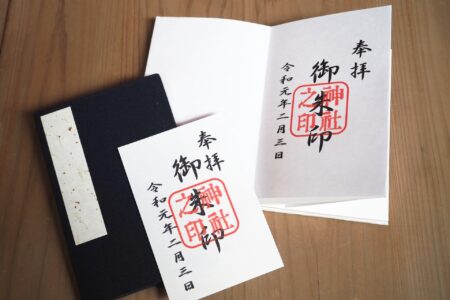
Discovering Goshuin
Many of us have had a chance to visit either a local shrine or a temple in the course of our stay in Japan; be… -

Give Share House Living a Try!
Top photo: jarmoluk on Pixabay Before coming to Japan, we often imagine what our lives would be like in this n…
PEOPLE

Dana Argenziano
From the USA
Has experienced Japan for 3 years


